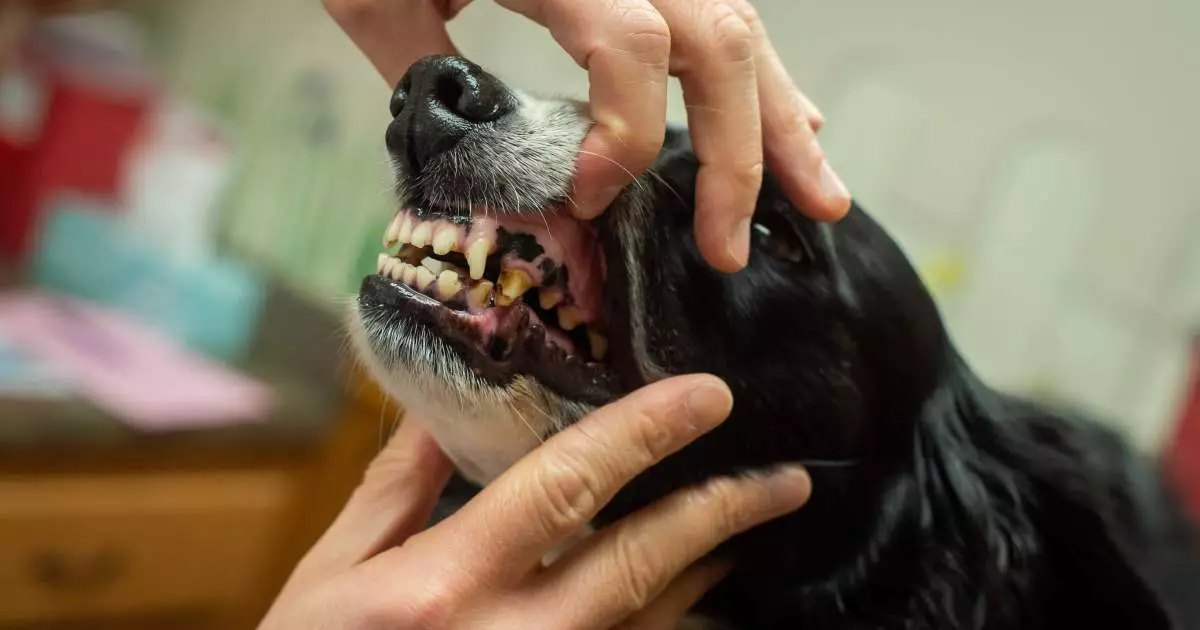When considering the overall health of our canine companions, dental care often takes a backseat to more visible concerns. However, neglecting your dog’s dental hygiene can lead to serious consequences. Just like humans, dogs can suffer from cavities, technically known as dental caries. Although cavities are less common in dogs than in people, they can lead to significant pain, infections, and a decline in your pet’s overall well-being if left untreated. Understanding the causes, symptoms, preventive measures, and treatment options can significantly enhance your dog’s quality of life.
Identifying the Symptoms of Cavities
Catching dental issues early in dogs can be quite challenging. The symptoms of dental cavities are often subtle at first, making it easy for pet owners to overlook them. Some signs that your dog may be experiencing dental decay include:
– Visible holes or discoloration on teeth
– Bad breath, which can indicate bacterial buildup
– Excessive drooling that isn’t typical for your dog
– Pawing at the mouth, suggesting discomfort
– Difficulty chewing or reluctance to eat
– Swelling or bleeding gums, which could indicate more severe dental issues
Early detection is critical, as symptoms can intensify rapidly if left unchecked, leading to greater health issues.
The formation of cavities begins with the accumulation of plaque, a sticky film composed of food particles, saliva, and bacteria. If plaque is not removed regularly through brushing and dental care, it hardens into tartar, which adheres to the teeth and can only be removed through professional cleanings. The bacteria present in plaque play a significant role in tooth decay, as they produce acids that weaken the enamel and create small cavities. If these initial signs are not addressed, decay can progress deeper into the tooth, causing pain and allowing infections to spread.
Several factors contribute to the probability of cavities forming. Common contributors include:
– Diet: Foods high in sugars and carbohydrates are particularly harmful and can exacerbate plaque buildup.
– Oral hygiene neglect: Regular brushing and professional dental care are crucial; a lack of it can lead to significant dental problems.
– Breed predispositions: Smaller breeds often face greater risks due to overcrowded teeth and misaligned bites.
– Health status: Conditions like diabetes can increase a dog’s vulnerability to dental issues.
– Aging: As dogs grow older, their teeth undergo wear and tear, making cavities more likely.
– Saliva composition: An imbalance in saliva can influence a dog’s susceptibility to developing cavities.
If you suspect that your dog may have dental cavities, seeking veterinary care is essential. A comprehensive dental examination may involve a physical check, X-rays, and potentially anesthesia, allowing for a thorough assessment of your dog’s oral health. This diagnostic process helps in identifying not just cavities but also other dental issues like periodontal disease or any abscesses that may require treatment.
Depending on the severity of your dog’s dental issues, a veterinarian may recommend several treatment strategies:
– Professional cleaning: A thorough dental cleaning reduces plaque and tartar buildup, making it easier to identify cavities and other issues.
– Fillings: If caught early, cavities can often be treated with fillings, much like in human dentistry.
– Root canal treatment: In advanced cases where decay has reached the pulp, a root canal may be necessary to remove infected tissue.
– Tooth extraction: When a tooth is too damaged to save, extraction may be the only option, although dogs generally adapt well post-surgery.
When considering the costs associated with dental treatments, it is essential to know that prices can vary widely based on factors like the complexity of the procedure, geographical location, and veterinary expertise. Generally, you may expect to invest between $600 and $1,200 for dental treatments, which includes diagnostic work such as X-rays and blood tests. Discussing all associated costs with your veterinarian can provide you with a better understanding of what to expect financially.
Preventive Strategies for Dental Health
Preventing dental cavities is always more effective than treating them after they have developed. Here are some proactive measures you can take to ensure your dog’s dental health:
– Regular brushing: Use dog-specific toothpaste and brushes to maintain your dog’s oral hygiene. Aim for daily brushing whenever possible.
– Nutritious diet: Providing a balanced diet low in sugars and carbohydrates helps minimize the risk of plaque formation.
– Dental toys: Chew toys designed for dental cleaning can effectively remove plaque and strengthen gums.
– Routine check-ups: Regular veterinary dental check-ups can help catch any issues before they escalate.
By staying informed and addressing your dog’s dental health proactively, you can prevent painful cavities and ensure a healthier, happier life for your canine companion. Always consult your veterinarian for personalized dental care practices that best suit your dog’s unique needs. Prioritizing your pet’s oral hygiene is a crucial step in contributing to their overall health and longevity.

